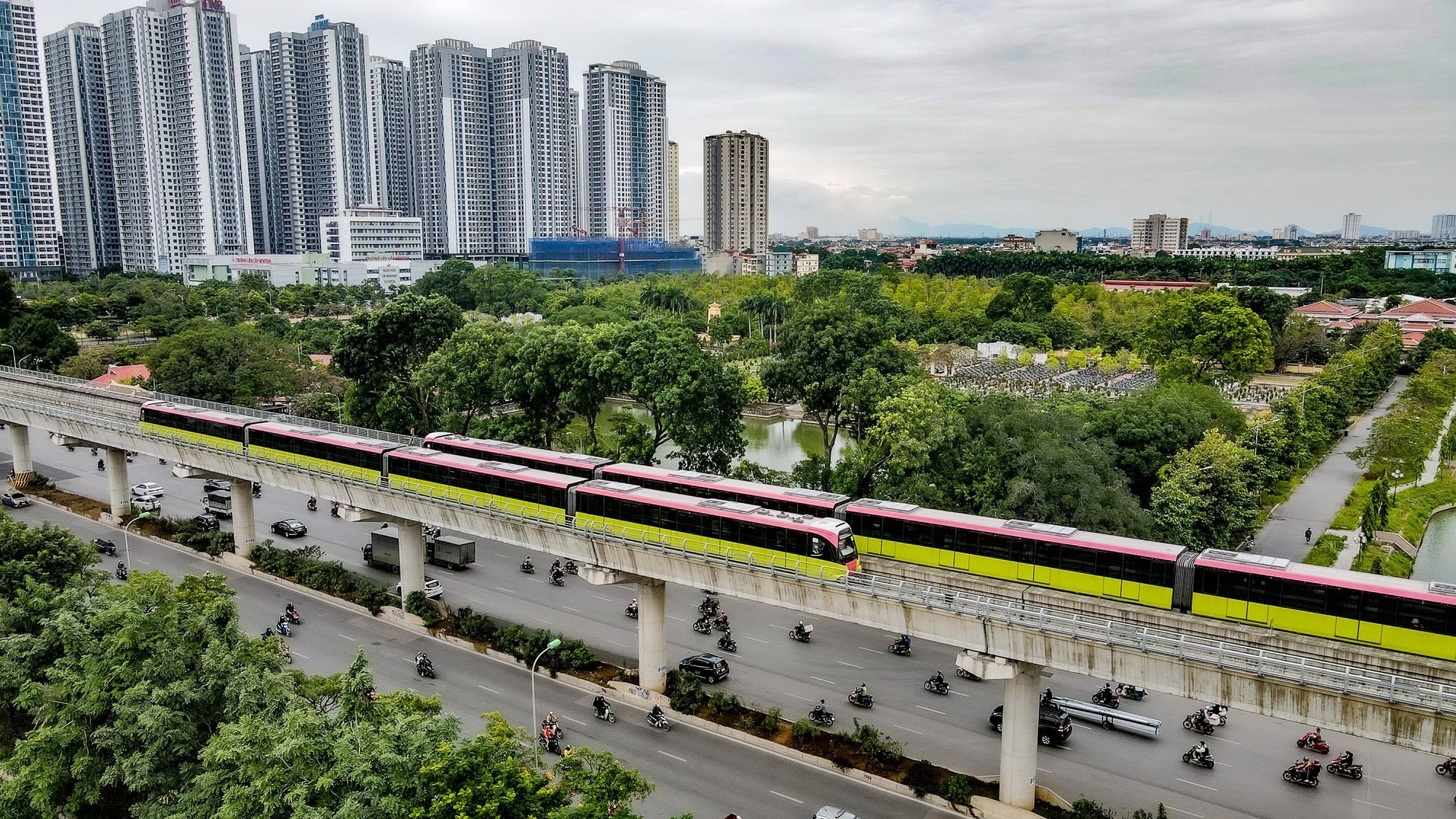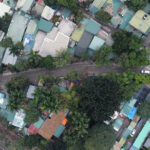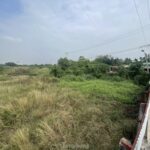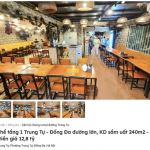Hanoi has been tasked by the Politburo to strive for the completion of 14 urban railway lines, ring roads, gateway intersections, and bridges across the Red River by 2035. The Hanoi People’s Council, during its session in early July, also discussed the master plan for investing in and constructing the capital’s urban railway system.
The Backbone of Transportation Network
Hanoi’s 14 urban railway lines include: Ngoc Hoi – Yen Vien – Lac Dao (1); Soc Son – Noi Bai – Thuong Dinh – Xuan Mai (2); Cat Linh – Ha Dong – Xuan Mai (2A); Son Tay – Troi – Nhon – Yen So – Cau Dien (3); Me Linh – Sai Dong – Lien Ha (4); Van Cao – Hoa Lac (5); Noi Bai – Mai Dich (6); Me Linh – Ha Dong – Ngoc Hoi (7); Son Dong – Mai Dich – Duong Xa (8); Ngoc Hoi – Thuong Tin – Cargo Airport No. 2 (9); Me Linh – Co Loa – Yen Vien – Duong Xa (10); Cat Linh – Le Van Luong – Ring Road 4 (11); Son Tay – Hoa Lac – Xuan Mai (12); Vinh Tuy – Minh Khai – Truong Chinh – Lang – Nhat Tan (13).
According to Mr. Tran Sy Thanh, Chairman of the Hanoi People’s Committee, public transportation plays an increasingly crucial role in large cities like Hanoi and Ho Chi Minh City. The urban railway system is considered the backbone of the transportation infrastructure network. Early investment and efficient operation of this system will increase the proportion of public passenger transport, reduce private vehicles, and positively impact socio-economic development, environmental protection, and the reduction of traffic congestion and accidents.

An early construction of the urban railway system will solve many pressing issues in the capital. Photo: HUNG HU
Hanoi has dedicated resources to invest in urban railway projects. However, the implementation process faces challenges and difficulties, requiring further research on solutions and improvements to mechanisms and policies. It is essential to learn from new experiences and approaches to synchronously deploy and complete the urban railway network.
Mr. Vu Hong Truong, Chairman of the Hanoi Railway Company, believes that with a breakthrough mindset, Hanoi can achieve the goal of constructing 14 urban railway lines, totaling over 400 km, by 2035. Mr. Truong cited the example of obtaining a permit to drive a train, which required amendments to numerous circulars and decrees related to the age limit for obtaining a driving license. Therefore, there is a need for breakthroughs in mechanisms and policies from the National Assembly, ministries, sectors, and the city. This should be followed by breakthroughs in capital mobilization channels.
One Plan, Three Phases
Regarding the implementation plan, Mr. Nguyen Phi Thuong, Director of the Hanoi Department of Transportation, shared that Hanoi aims to develop a synchronous and modern urban railway system that meets the city’s public transportation needs. This will contribute to a sustainable, harmonious, and rational restructuring of transportation modes, striving to achieve a public passenger transport rate of 50%-55% by 2023 and 65%-70% after 2035.
According to Mr. Thuong, the city has proposed “one plan, three phases” for investment. The first phase, from 2024 to 2030, involves completing the construction of 96.8 km (including lines 2, 3, and 5) and initiating investment procedures for 301 km (including lines 1, 2A extended to Xuan Mai, 4, 6, 7, 8, and the line connecting satellite towns). The preliminary capital requirement for this phase is estimated at USD 14.602 billion.
The second phase, from 2031 to 2035, focuses on completing the construction of 301 km. The preliminary capital requirement for this phase is approximately USD 22.572 billion. In terms of transport capacity, by 2030, the urban railway system is expected to handle 35%-40% of public passengers, and the total capital requirement until 2035 is estimated at USD 37.174 billion.
The third phase, from 2036 to 2045, involves completing the construction of 200.7 km of urban railway lines, including adjusted and supplemented sections according to the approved master plan and adjusted master plan of the capital. The preliminary capital requirement for this phase is about USD 18.252 billion.
Regarding capital mobilization, the Hanoi People’s Committee representative stated that they have consolidated the city’s potential to balance available capital sources until 2035, totaling USD 28.560 billion. By 2030, the city can balance approximately USD 11.570 billion, while the requirement is USD 14.602 billion, leaving a gap of USD 3.032 billion. By 2035, the balanced capital is expected to be USD 16.99 billion, with a requirement of USD 22.572 billion, resulting in a gap of USD 5.582 billion. By 2045, the city can balance around USD 29.21 billion, sufficient to meet the needs of this phase.
According to the Hanoi People’s Committee representative, from now until 2035, the city requires support from the Central Government of approximately USD 8.614 billion during the two medium-term periods of 2026-2030 and 2031-2035. After 2035, Hanoi will be able to proactively source capital for investing in supplementary urban railway lines.
The Hanoi People’s Committee representative also requested the Hanoi People’s Council to issue a separate resolution approving the master plan for investing in and constructing the capital’s urban railway system. Additionally, they proposed that competent authorities issue “special” and “breakthrough” mechanisms and policies to delegate authority to Hanoi, concentrate resources, and expedite the implementation of urban railway projects.
Specific Tasks
Regarding the two schemes for developing the urban railway network in Hanoi and Ho Chi Minh City, Deputy Prime Minister Tran Hong Ha emphasized the need for unity in perspectives, objectives, tasks, solutions, and mechanisms and policies, while also considering the specific characteristics of each locality (construction planning, development space, economic growth forecast, population scale, etc.). The two cities should select leading consulting units to finalize and appraise the urban railway network planning with a centennial vision.
Deputy Prime Minister Ha instructed Hanoi and Ho Chi Minh City to closely coordinate with ministries and sectors to develop a package of policies and plans to mobilize social resources to the highest extent through forms such as TOD (transit-oriented development), PPP (public-private partnership), and BOT (build-operate-transfer). The mechanisms and policies for developing the urban railway network in Hanoi and Ho Chi Minh City must be coherent, feasible, and concrete, clearly outlining the approach, responsible entities, and bottlenecks, along with proposals for competent authorities to address these issues.
Hanoi’s Update on the Delayed 1.000 billion VND Hospital Project
To address the challenges faced by investors, the Hanoi People’s Committee has instructed the Long Bien People’s Committee and the Department of Natural Resources and Environment to resolve any obstacles that arise during the implementation of the Thang Long 1,000-Year Oncology and Plastic Surgery Hospital project.




















